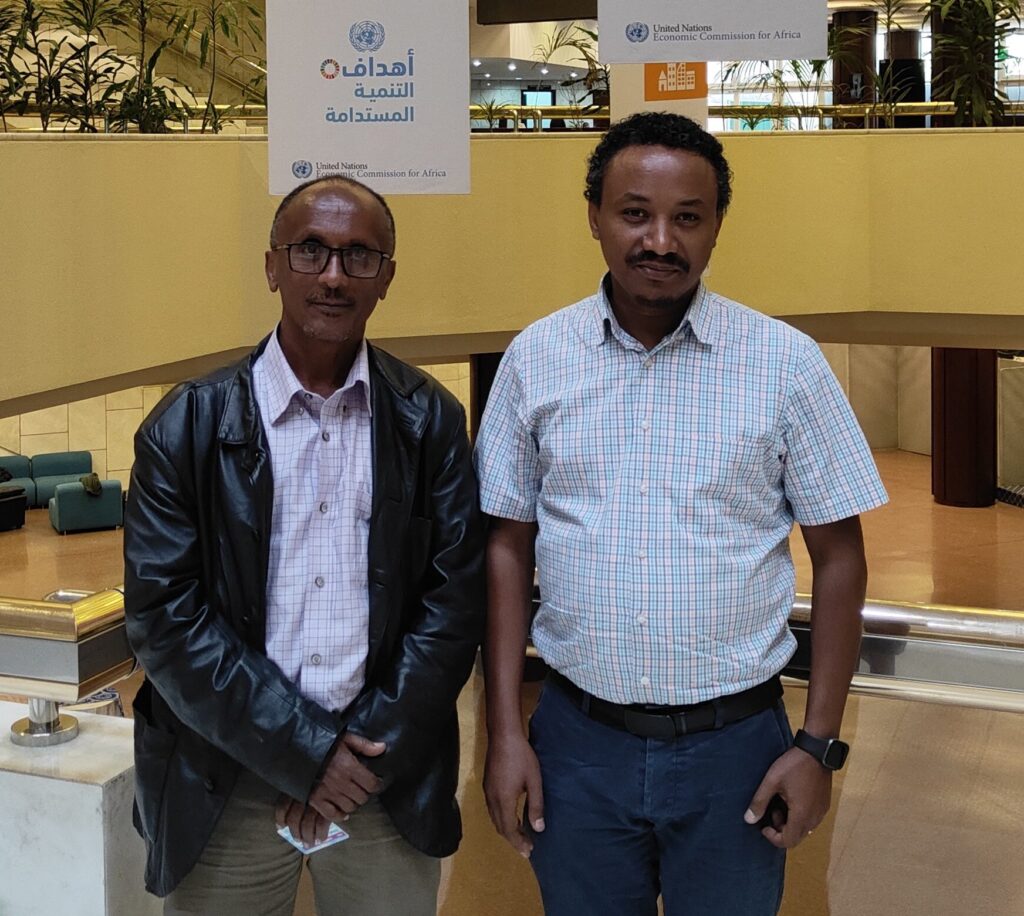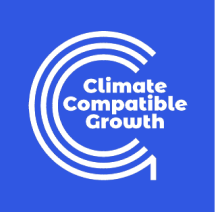At the heart of Ethiopia’s capital, Addis Ababa University’s Centre for Renewable Energy Technology (CRET) at the College of Technology and Built Environment, is quietly leading a revolution in how energy planning is taught, practiced, and embedded in academic systems. As one of the first institutions in the region to formally integrate the CCG modelling ecosystem into its graduate curriculum, the Centre is offering a powerful example of how universities can move from project-based training to institutionalised capacity building.

From Tools to Teaching: integrating the Flatpack curriculum
The Flatpack modules can be seamlessly integrated into university teaching research programmes. Models like OSeMOSYS, the Starter Data Kits, and the Energy Access Explorer can be used throughout the year rather than as one-off workshops or isolated pilot efforts. This approach embeds energy modelling in accredited coursework, faculty training, and student theses.
The Centre for Renewable Energy Technology is a standout case: they offer a full MSc programme (and are soon launching a PhD track) on Renewable Energy Engineering that trains students integrating CCG’s tools and teaching materials from the Flatpack. Their course Modelling and Optimization of Renewable Energy System is now a permanent fixture in the graduate programme, incorporating material from the Open University and customized content co-developed with CCG.
Training the Next Generation of Modellers
The Centre’s model is designed for long-term knowledge retention, as Fitsum, a lead faculty member and OSeMOSYS and CLEWs alumnus, explains: “We assign students to real-world projects. This year, one of my MSc students is doing a full thesis using OSeMOSYS after attending the EMP-A Bootcamp. It’s not just theory, it’s practice aligned with policy needs.” The Centre’s multidisciplinary foundation draws faculty and labs from electrical, civil, chemical, and mechanical engineering, ensuring technical diversity and broad ownership.
Re-think, Re-integrate and Retain: Academia as Anchor
Through the RE-INTEGRATE initiative, the Centre collaborates with CCG to expand the “train-the-trainer” approach. Faculty members from Ethiopia are now being trained alongside colleagues from Tunisia and beyond, increasing the regional footprint. “We believe universities can be anchors of national skills,” Fitsum says. “With government turnover, individual capacity gets lost. But if universities hold the knowledge, it stays.”
Engaging with Policy, but barriers remain
While the Centre is proactive in sharing analysis with ministries and utilities, Ethiopia’s policymaking still leans heavily on outsourced consultants. “There’s a disconnect,” Fitsum notes, “trained academics could play a bigger role in informing policy making and ensuring that analysis can be locally updated.” Their collaboration with the Energy and Economic Growth (EEG) programme, led by UCL and KTH, has already tested “soft-linking” of OSeMOSYS and OnSSET with national development pathways.
Curriculum Innovation and Institutional Agility
Unlike many universities that face bureaucratic delays when updating curricula, AAU-CRET has found agile ways to adapt:
- Course revisions happen on a 5-year cycle, but small adjustments can be made in between if the Intended Learning Outcomes (ILOs) and credits remain stable.
- The team has used the momentum from funded projects to accelerate integration of new materials proactively-like the Starter Data Kits-into core graduate courses.
This has positioned them as a model of university autonomy, ready to guide others , now following a similar path.
Looking Ahead: What Makes AAU Different?
Addis Ababa University isn’t just using modelling tools, it’s transforming how future analysts, engineers, and policy professionals are trained. With a proactive team and support from CCG, it is:
- Revising graduate programmes to incorporate hands-on modelling and policy simulation tools.
- Embedding open-access teaching materials from global partners like the Open University.
- Mentoring MSc students through research aligned with national energy priorities.
- Building regional communities of practice through train-the-trainer networks.
Why It Matters
In Ethiopia and across Africa energy models shouldn’t sit on consultants’ shelves. They should live in classrooms, labs, and local institutions. AAU’s Centre for Renewable Energy Technology is proving that with the right support and autonomy, universities can own the modelling process, drive evidence-based planning, and foster a generation of experts equipped to lead national transitions.
Their message is clear: don’t outsource energy planning – build it in-house and build it to last.
